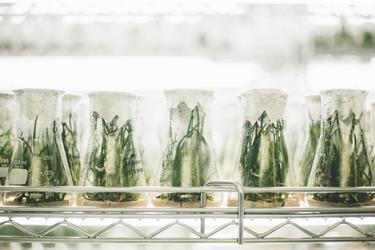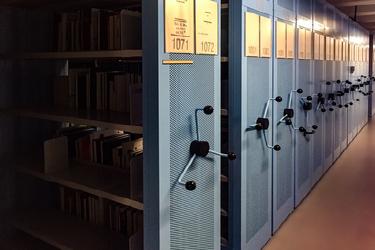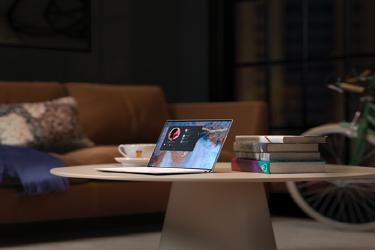
Ever wished some of our real-life analog objects had digital features? Books you could copy and paste or, even better, search. Nowadays, we can get those features from the eBook version of a book, and luckily, most books have been released in that format for years now. One other thing that would be great to get from the digital work is savestate or snapshots. What if you could “save” before trying something new, and if it doesn’t pan out, you can come back to the previous state and try something else. Sadly that option is not as readily available as eBooks, but there’s something that gets surprisingly close for many areas of our life, note-taking.
Notes have those great features of being flexible in formatting, easy to share, and can last for years. With an excellent note-taking application and system, you can easily take a snapshot of your current thinking and idea for tons of subjects then come back to them later. To make things even better, you can pair those capabilities with some experimentation, and the resulting combo gets you very close to a superpower.
Snapshot everything
One of the most common forms of savestate is in video games, and in the same way that they make games more enjoyable, they can make your projects a lot better. I’m talking here about projects in the extensive sense, anything that requires time, effort and will take more than one session to complete. On top of that, there are also projects that you will repeat over time or multiple times; those will benefit a lot from snapshots. What gets tricky is that the definition is broad enough to cover many activities and areas in life. In turn, this requires having a very flexible system since it needs to handle that wide variety of possibilities. That is why notes shine so much in that context; it’s hard to do more flexible than an empty note.
To make a valuable savestate, you want to keep the process simple and consistent. A simple technique will make it easier to keep taking your notes consistently over the project’s lifetime. The main idea of this technics is to quickly read the previous save state before starting a new work session and write an entry at the end of a work session for the next time. You can make a simple “dump” of your current thinking, understanding, or the next steps you need to accomplish. You want to save as much information as possible to create a complete picture for yourself, just like a video game saves the entire state of the game.
From there, as long as you keep roughly the same format over time, all should be fine. Changing the layout during the project could create problems if you have to “rewind” to a previous state since things would be different along the way. If you go from logging the following steps to take to suddenly logging what you did the last session instead, it would be harder to go forward or backward around that change. That’s why consistency is critical over the life of the project. The upshot of that whole process is that now you can stop a project at any time and come back to it later, even years later, and pick it back up. As long as your notes are in a system made to last decades (more on that [here]() ) and your snapshot was complete enough, there should be no issue restarting a years old project in a matter of minute or worst case hours. Another effect of knowing that you can “save” and “load” at will is that it’s a lot more fun to experiment and try different ideas or solutions for those projects.
Experiments on everything
Experimentation is one of the best ways to learn and get better in life. One reason for this is that it “detaches” yourself from the frustration of failure, and then it’s easier to use that failure as a jump point to move forward. That means you have to try multiple things, fail often, and switch paths or solutions. Doing that in a typical setup can be time-consuming, complex, and costly. If you have to start from scratch with each iteration or change of path in your experimentation, it can be hard to see the benefits.
Starting from 0 also means it will probably take you time to get back to a working state, which is time you didn’t spend trying to solve the issue or get better. If it takes you an hour or two to remember what you did last time to see what to change, you get frustrated fast. On top of that, doing it this way relies heavily on your memory, which is not very reliable, especially over long periods. Our memories are incredible at remembering in context, but that context needs to be kept around or recreated. One way to go around most of those issues is to take a snapshot of our mind, then save it somewhere, and when you need it, go get it and “load” it. That is where notes come in with the snapshot.
Having that new power, you can now start to run a lot more experiments to make your life better. One of the first experiments I did this way was with coffee making. When you get into the craft side of coffee and grind your beans to brew them in an Aeropress, there are suddenly a ton of factors to keep track of. You need to do experiments a lot to find the factors that go into a cup you love. You need to remember the water amount, the brew time, the bloom time, the number of grams of coffee, and more. Then you need to remember all of those things for a couple of days at 2 cups a day to compare and know what is better. That was way too much data to juggle; usually, I would have given up, found a recipe online, and just went with that. Instead, I could craft my own without relying on my memory, just by using a coffee log in my note. That example is also just one of the tons of experiment that comes possible when you have snapshots and don’t rely on your memory as much. Now you need to think about what those techniques can make possible for you.

